Car News
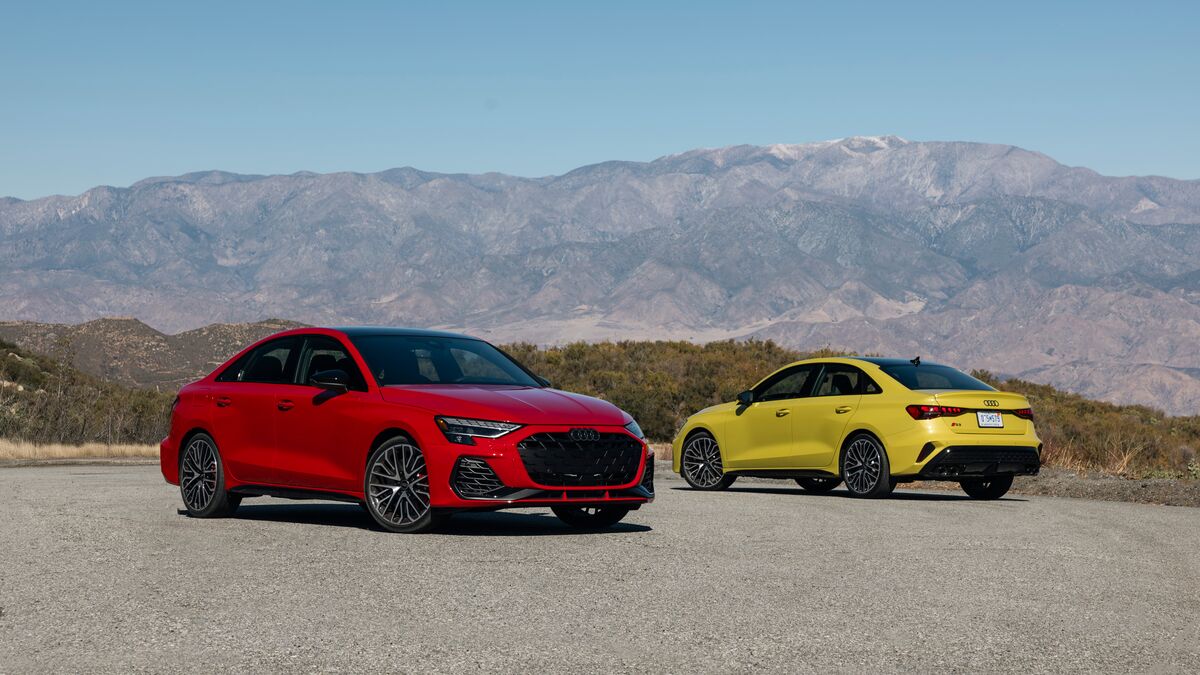
Audi Hikes Most Prices, Adds Free Maintenance
Audi has increased prices across much of its range of vehicles for 2026, with price hikes ranging from $800 to $4,100..
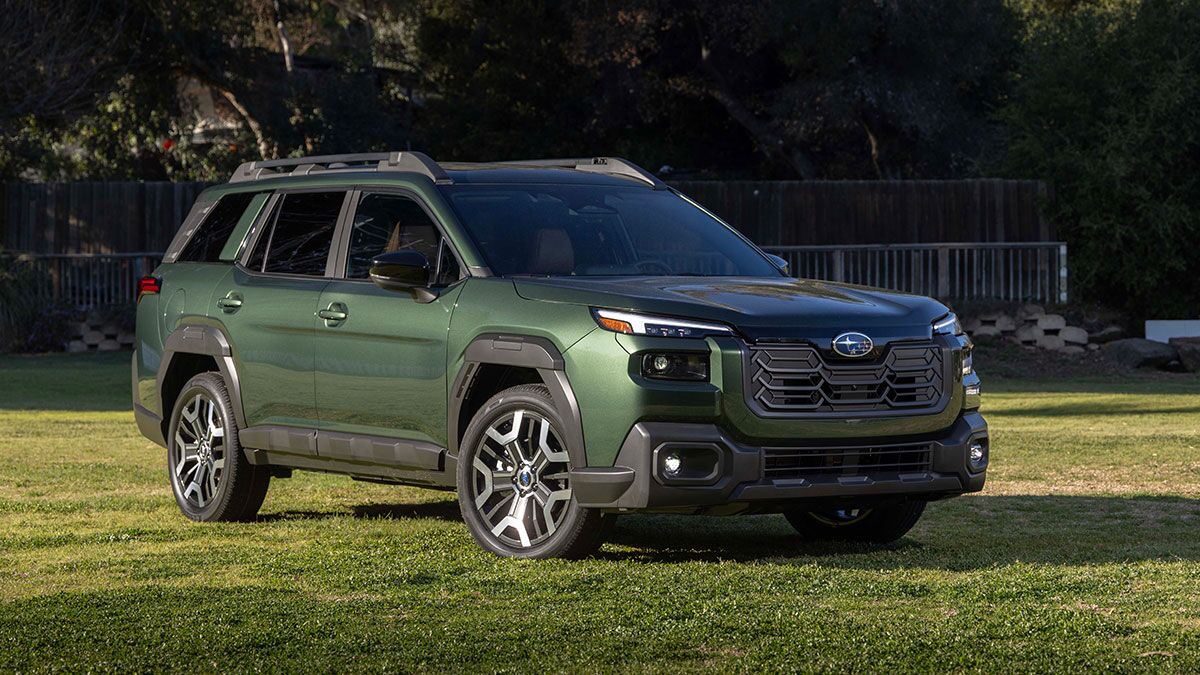
All-New Subaru Outback Sees Price Bump for 2026 — Here's Why
The 2026 Subaru Outback's pricing will start $5,030 higher than the 2025 model, as the company has eliminated a slow-selling base model.

Jeep Cherokee Returns as a Hybrid for 2026
The Jeep Cherokee returns for 2026, now a hybrid-only model with a boxy new look and a starting price just under $37,000.
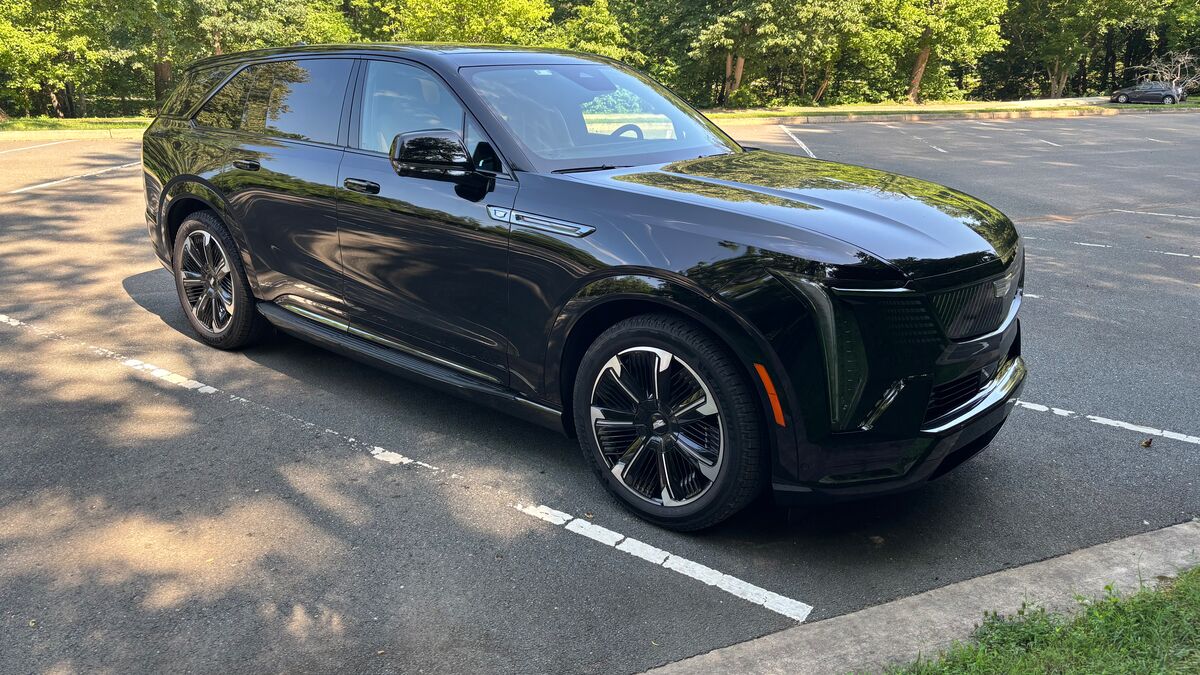
Driving the 2025 Cadillac Escalade IQ
In a week of testing, the Cadillac Escalade IQ proved a luxurious ride and a proof that new things are possible.
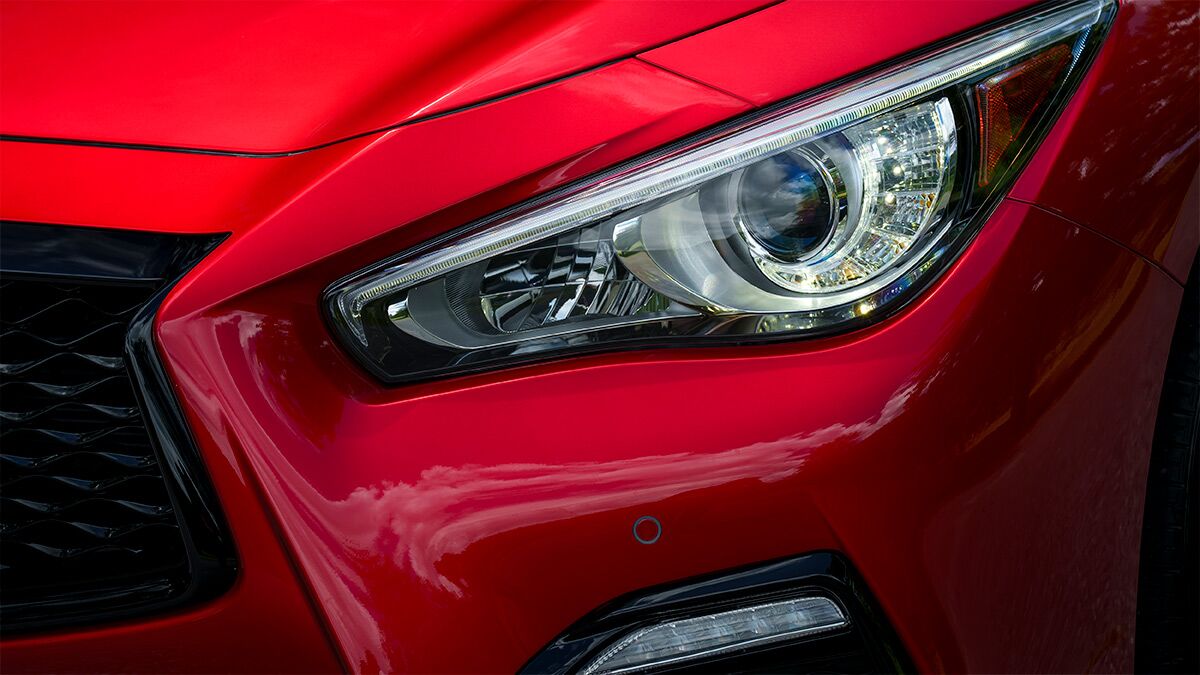
Report: Infiniti Q50 Sedan Returning With 400 hp and a Stick
A new report says Infiniti will revive the Q50 sedan soon, with a 400-horsepower V6, rear-wheel drive, and a stick shift option.
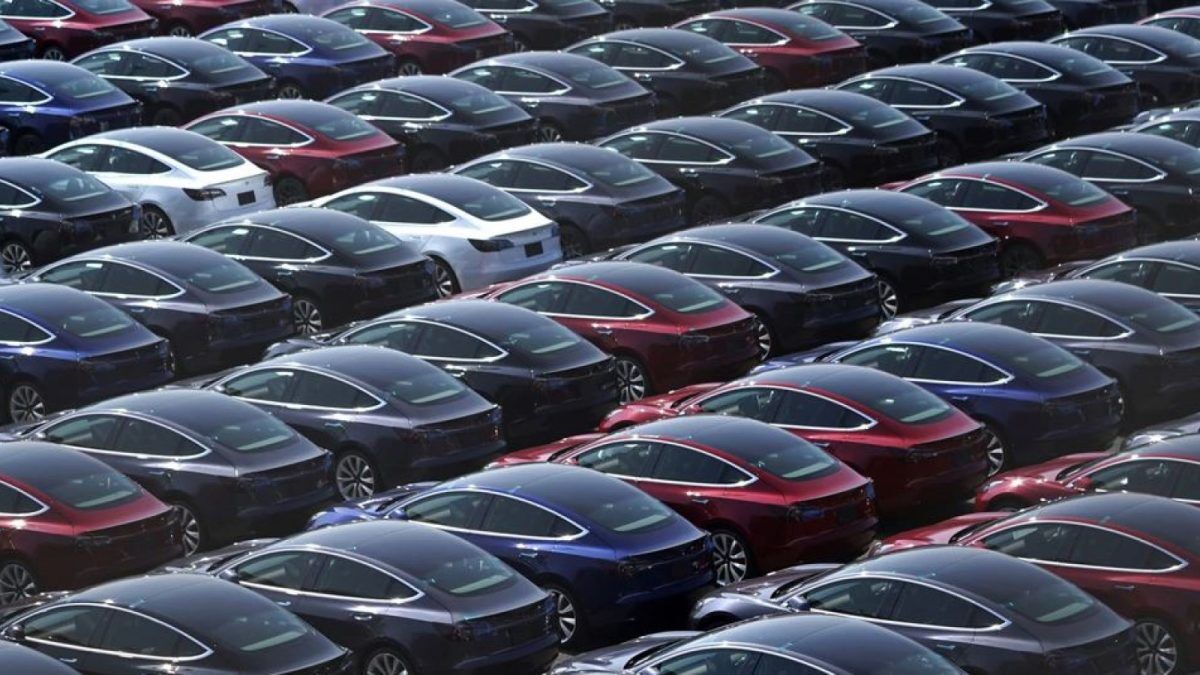
Tesla Starts Leasing Used Cars
Tesla has announced a new program that lets customers in California and Texas lease a used Model 3 or Model Y.
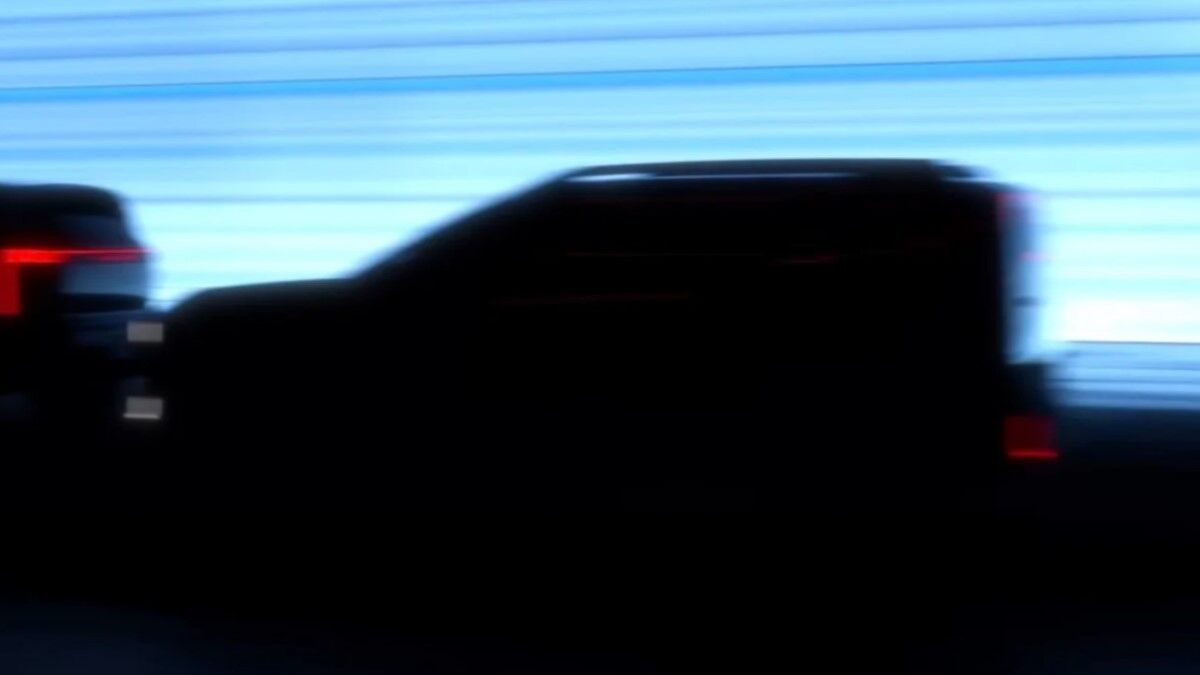
Report: Nissan Xterra Returning for 2028
A new report says Nissan plans to revive the Xterra off-roader by 2028 as part of a raft of new and redesigned cars.

Never Mind — There Is No EU Car Tariff Deal (Yet)
The White House now says a purported trade deal with Europe announced last month does not lower 25% car tariffs.

$7,500 EV Tax Credit May Live on in California
The federal government plans to end an EV tax credit program, but California may pick up the baton for its residents.

Used Car Market Showing Inflation Signs, but Wholesale Prices Dropping
Used car prices have been rising, but dealers are now paying less for used cars at auction — an encouraging sign.
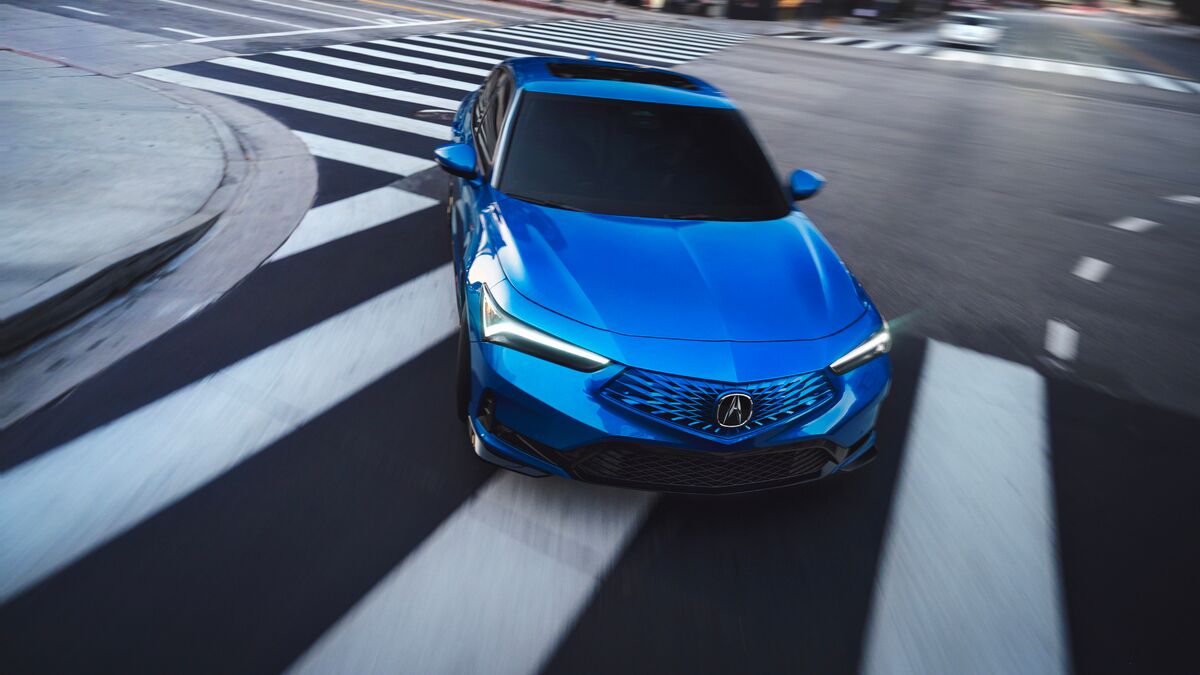
Acura Integra Stays Under $35,000 for 2026
The Acura Integra keeps its price range similar for the 2026 model year while gaining new cabin tech and colors.
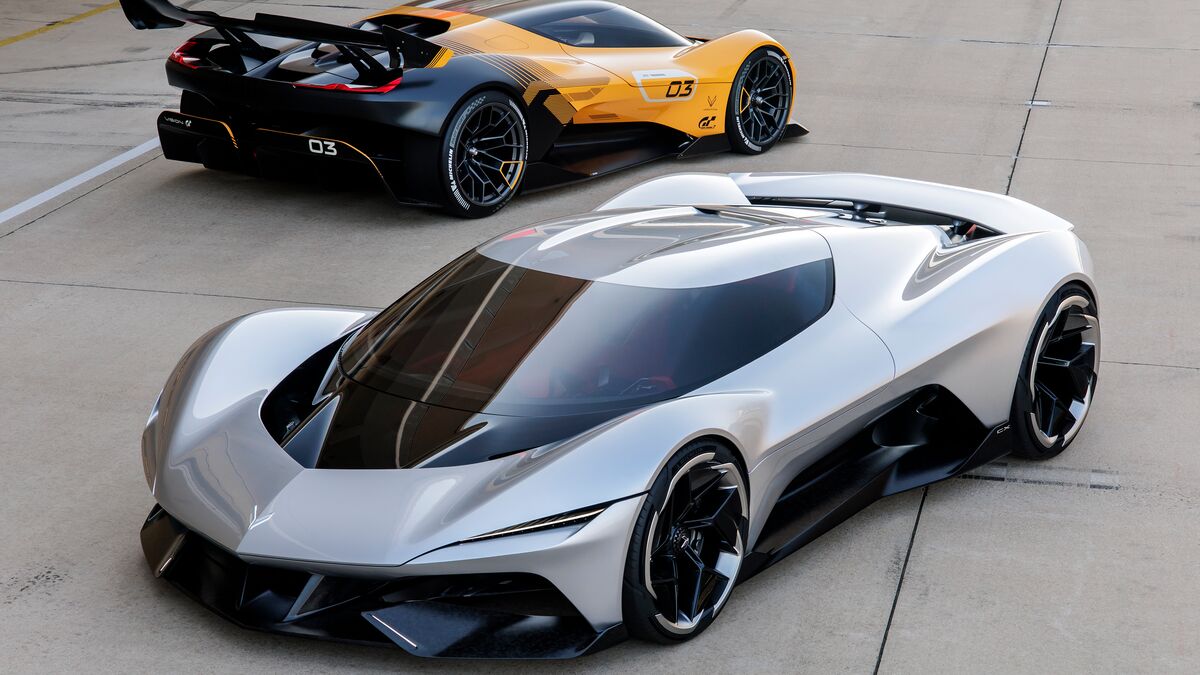
Chevrolet Reveals Two More Corvette Concepts
Chevrolet has released a pair of concept cars that hint at future Corvette designs. These use active vacuum downforce.

EV Sales up 26% as Tax Rebate End Approaches
Americans bought 26% more new EVS and 23% more used EVs in July than in June as the end of the EV tax credit approaches.
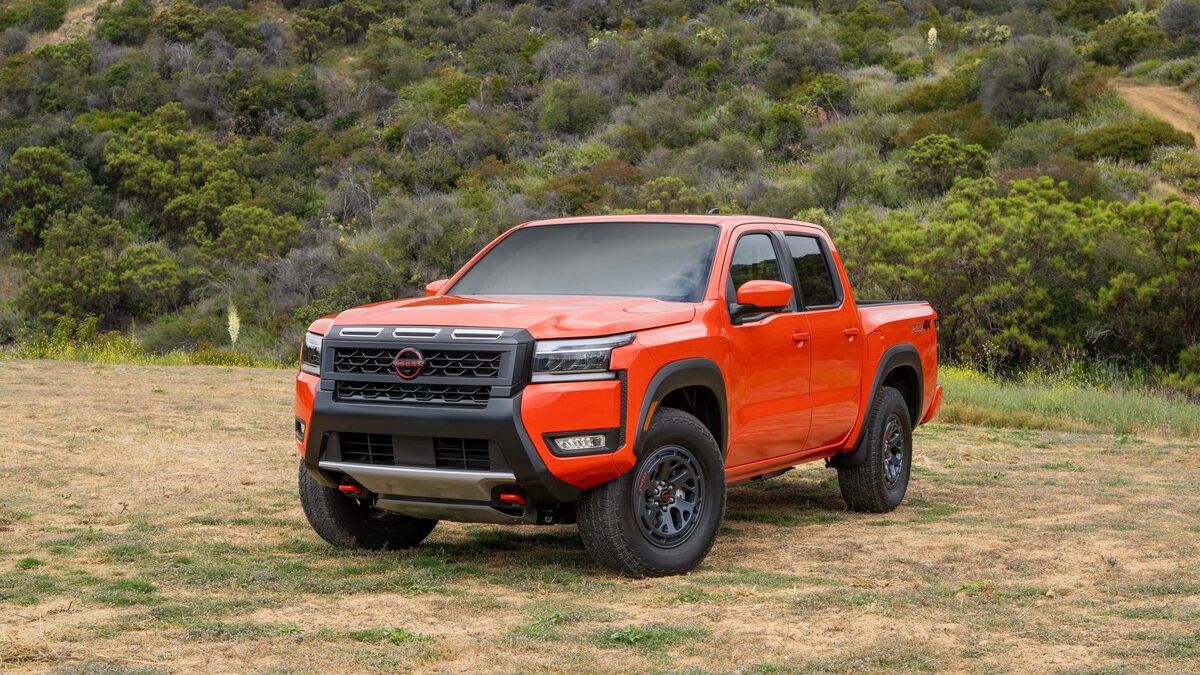
2026 Nissan Frontier Starts at $33,845
The 2026 Nissan Frontier will start at $33,845, with a new Dark Armor package and a Roush Performance edition available.